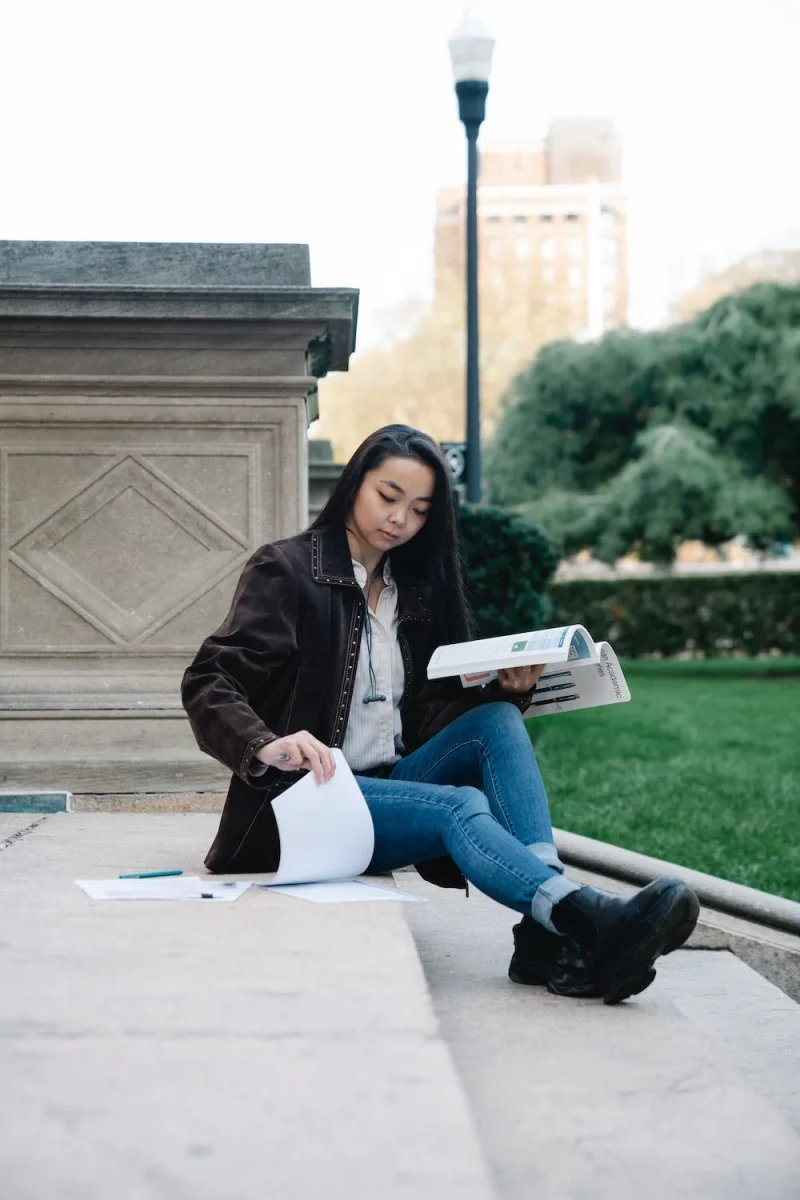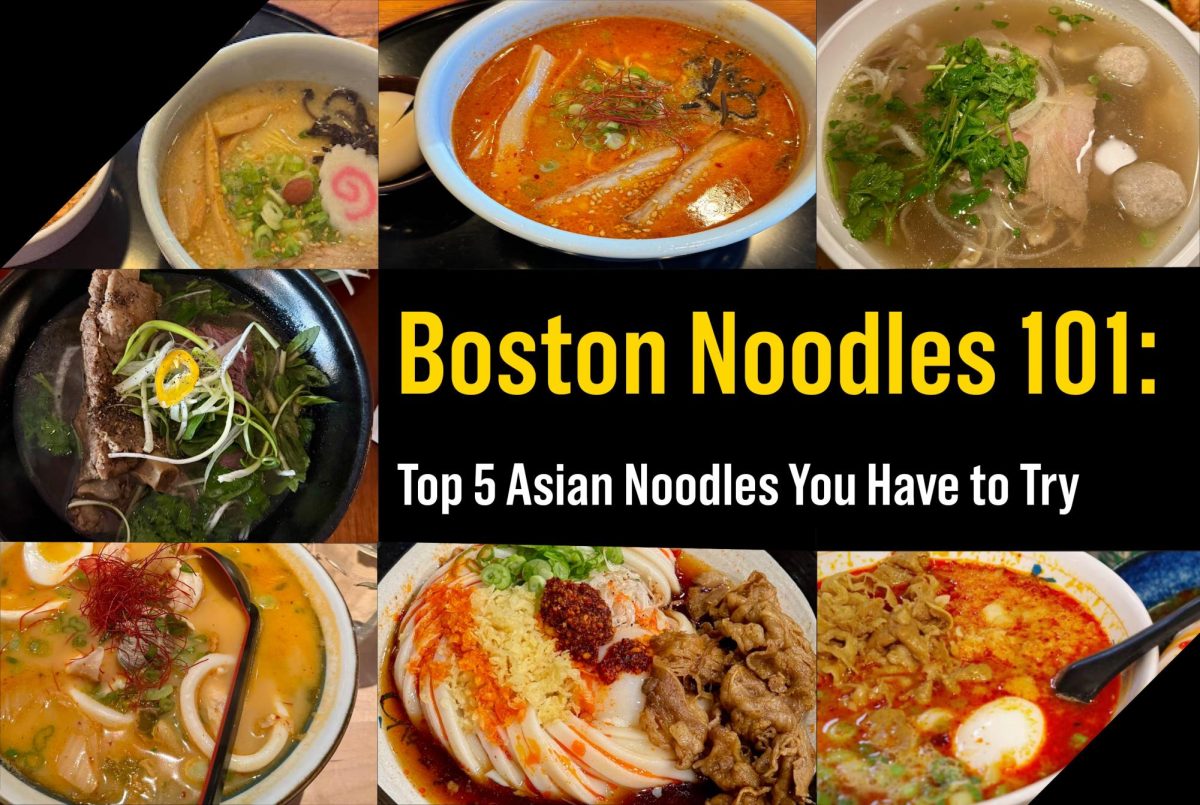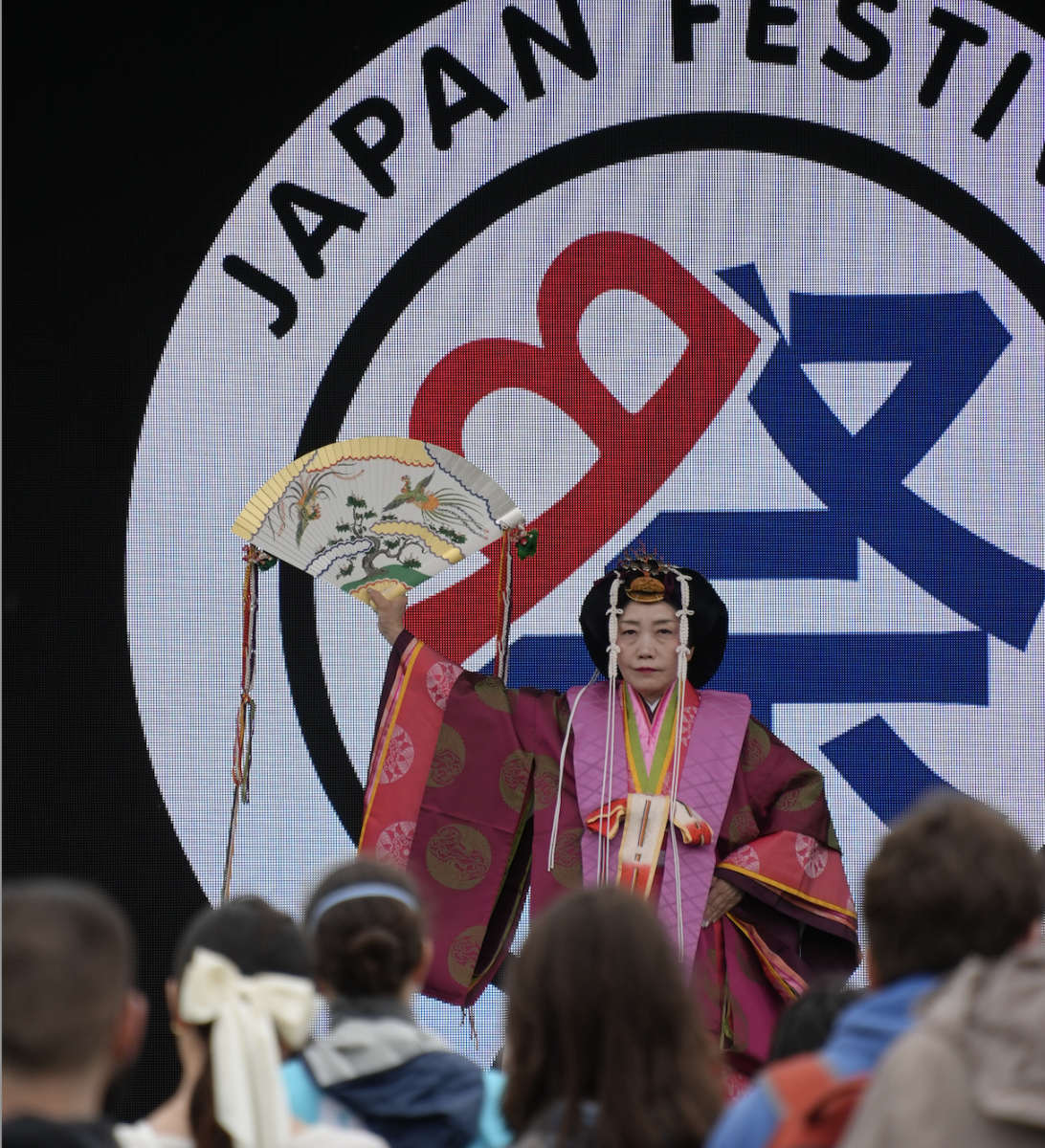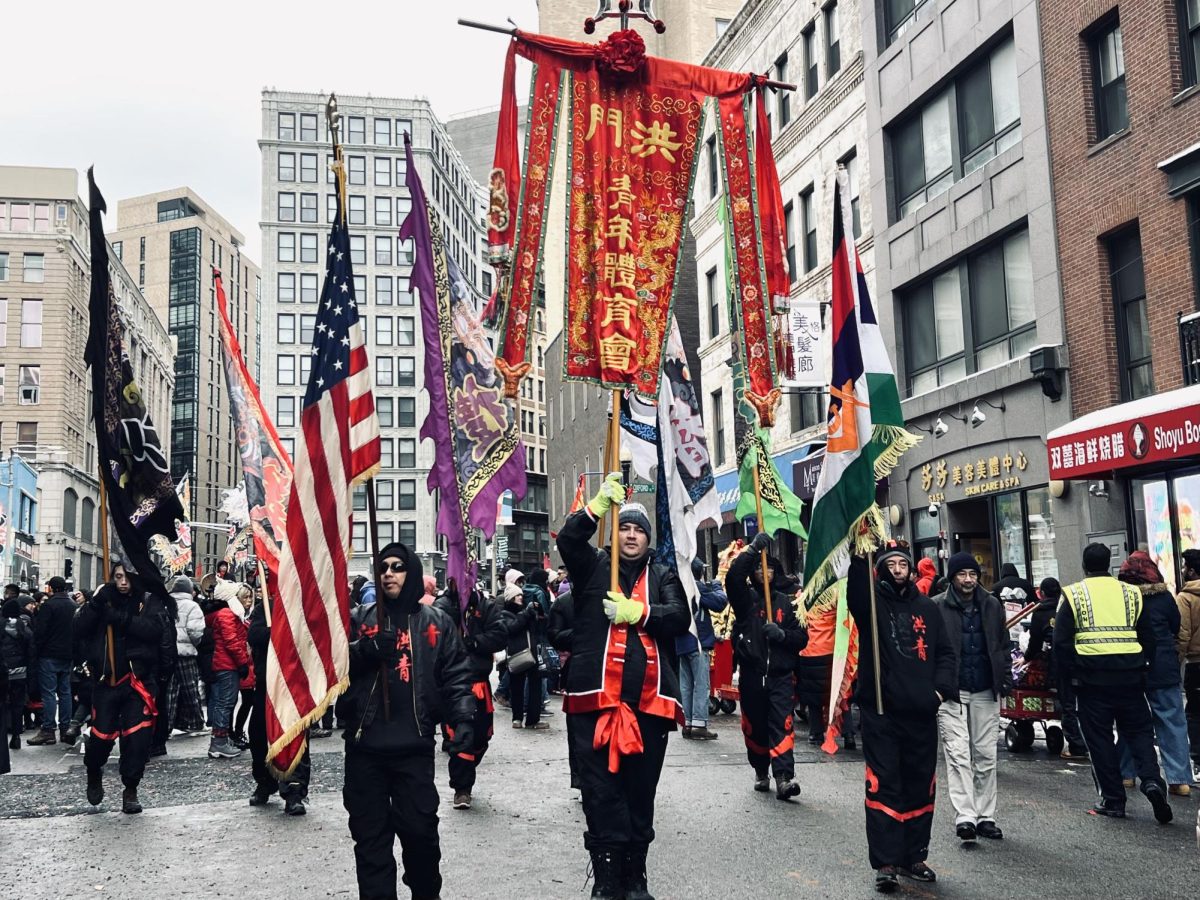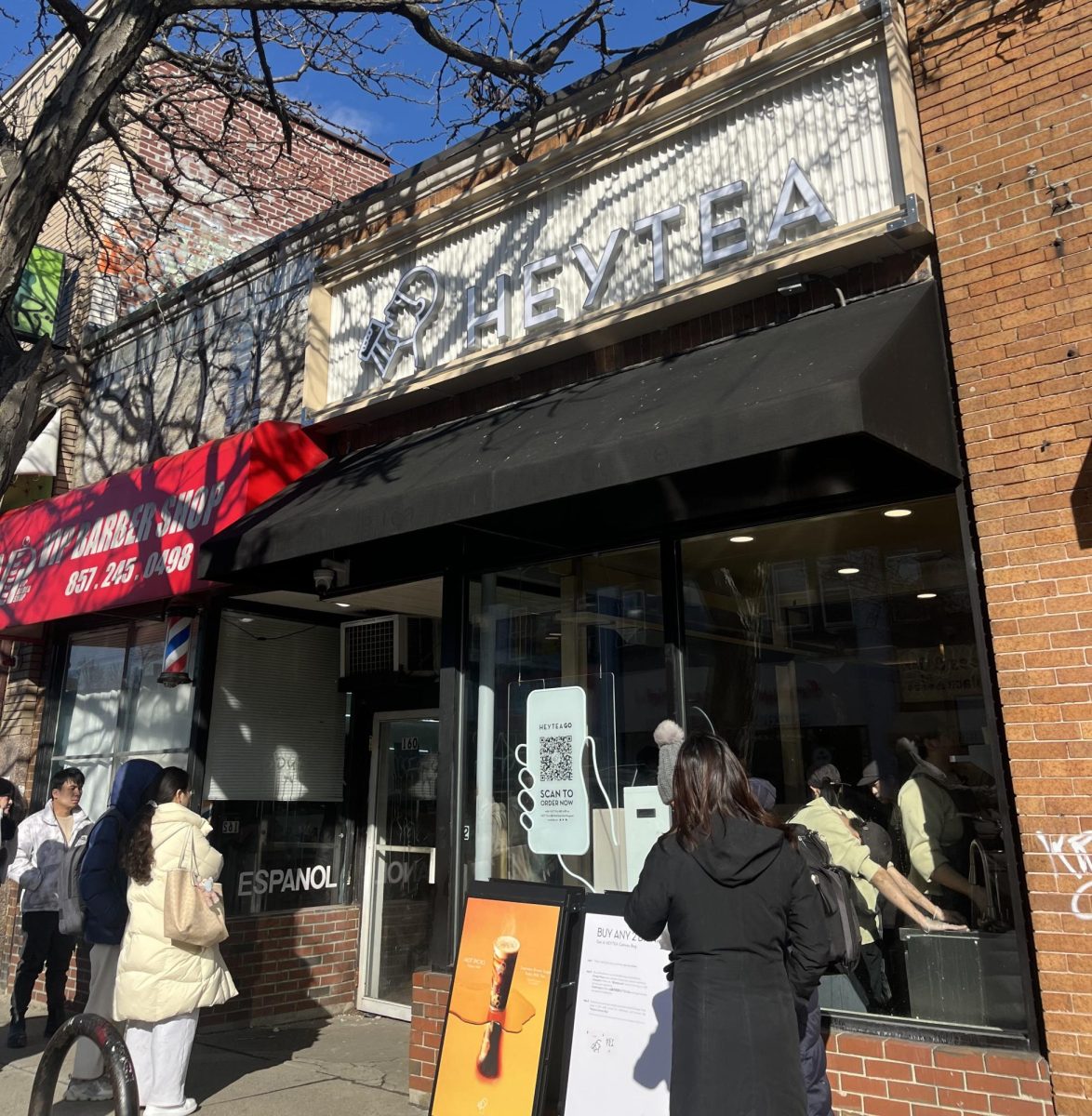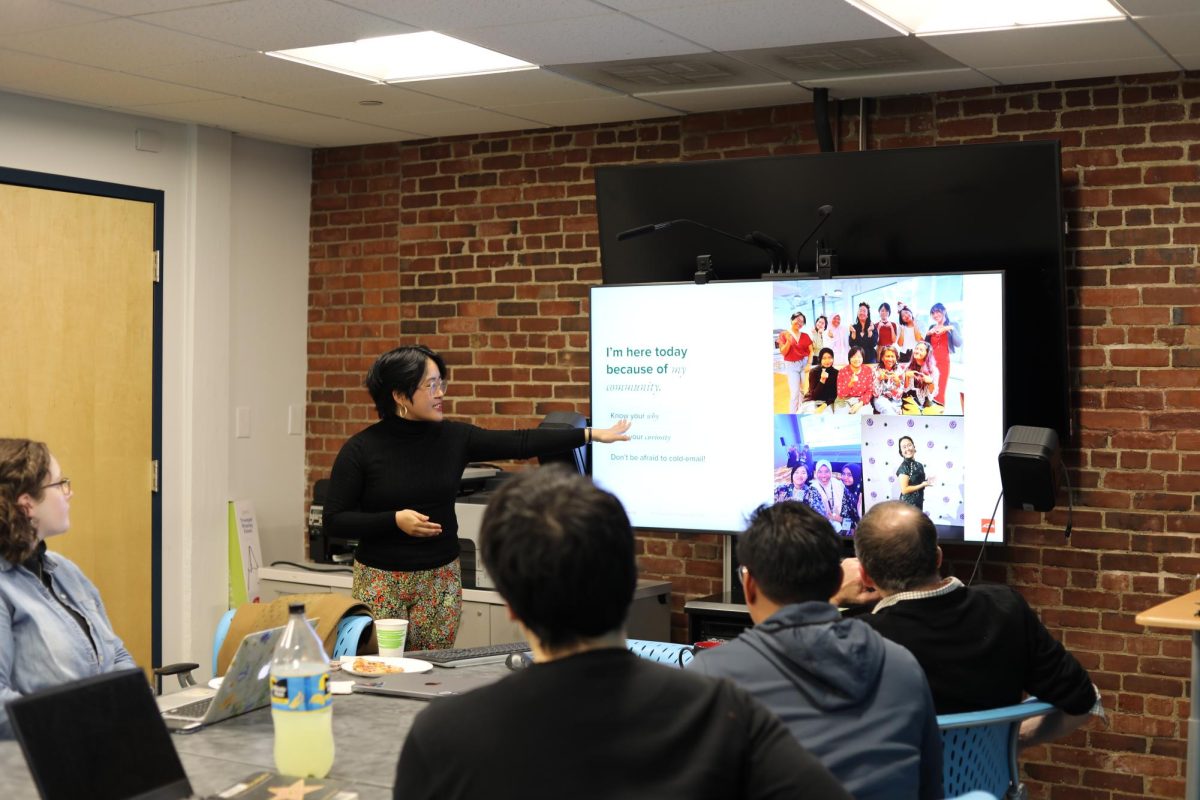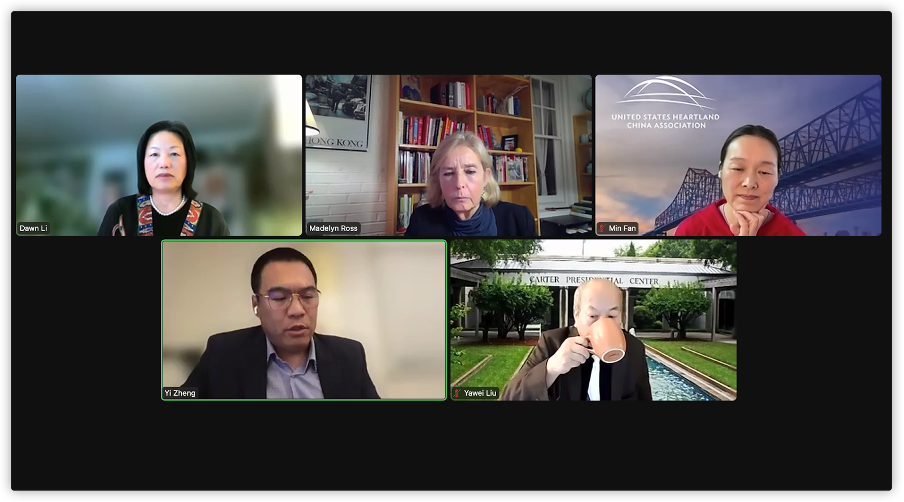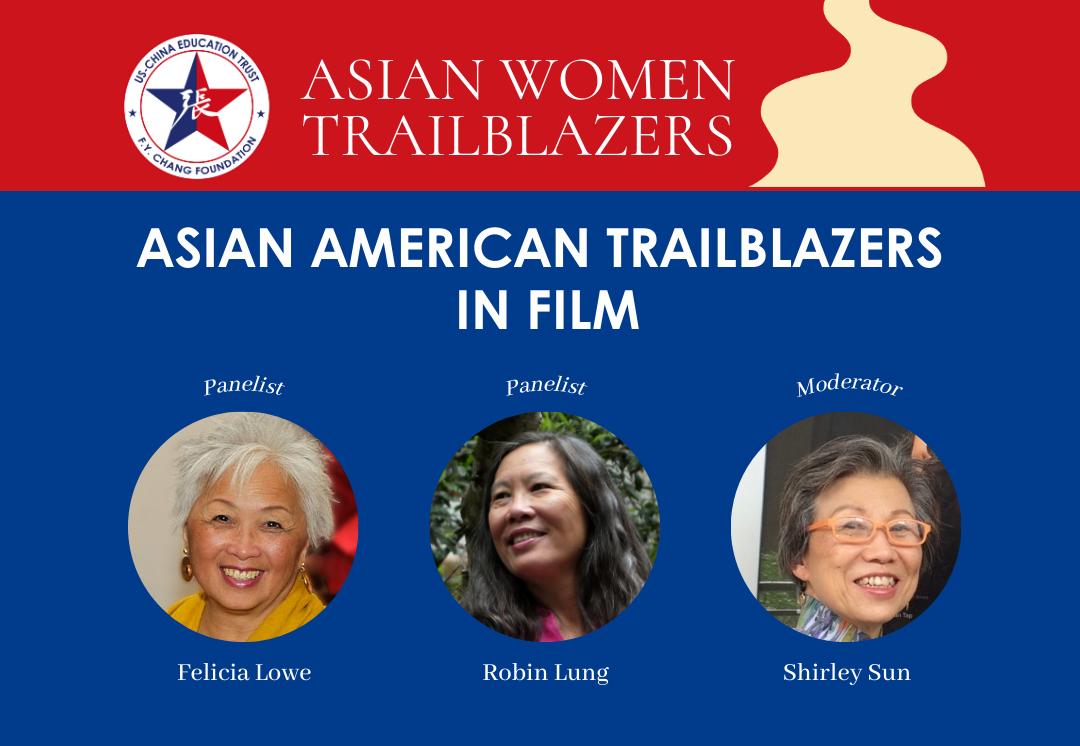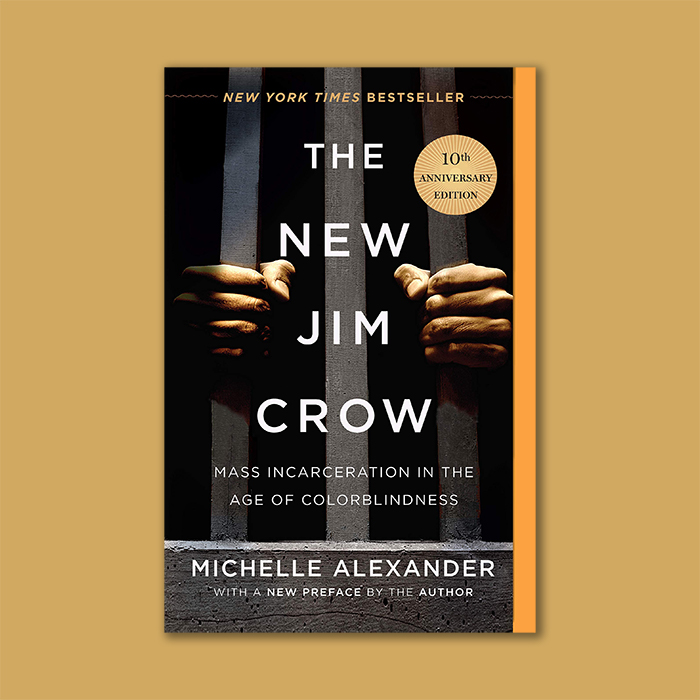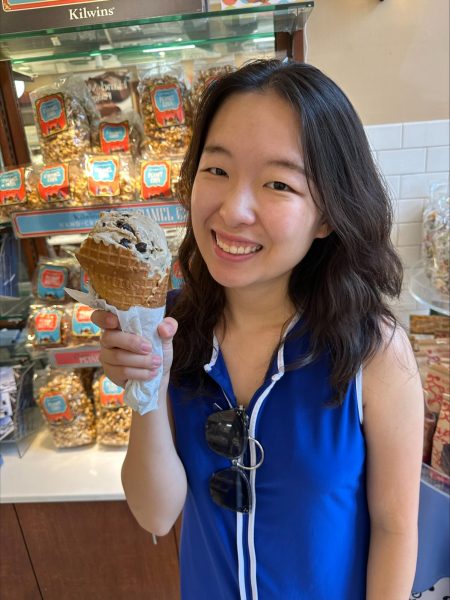After five years of living and studying in the United States, earning two degrees and pursuing another, Feifei Cai, a 28-year-old Chinese student living in New York City, is still struggling for her working status.
Cai enrolled in a community college in New Jersey in 2018, after already getting her bachelor degree in a college in Shanghai, for better fitting in the new country. Then she transferred to the Fashion Institute of Technology in New York and earned an associate’s degree. After that, she went to Lim College for a master’s degree in fashion business management.
Five years and three degrees later, including the bachelor’s degree she earned in China, and after spending a considerable amount on tuition fees, Cai has just enrolled in another college because she was unable to obtain an H-1B work visa. Cai found a job doing fashion management in Issac Morris, a small fashion company, in New York last year that sponsored her for an H-1B work visa. However, because her master’s program was not in a STEM major, she was only eligible for one year of post-graduation “optional practical training” work authorization, or OPT, and therefore only had one chance to be registered for the H-1B lottery.
“I know there is a big chance that I cannot get H-1B,” said Cai. “I was still very devastated the day I got rejected. I am still devastated now. I cannot see my future.”
H1B lottery rate drops with surge in applicant numbers.
H-1B is a work visa category for foreign workers, whose jobs can be classified as “specialty occupations” requiring at least a bachelor’s degree or equivalent. It’s often the most preferred option for former international students looking to continue working in the U.S. after their post-graduation OPT runs out, but there’s a government-imposed limit to the number of new H-1B visas that can be issued each year. To get an H-1B visa, foreign employees need to be sponsored by an employer, who then registers the employee for the H-1B lottery. Then the U.S. Citizenship and Immigration Service (USCIS) randomly selects registration entries, and only those whose registrations are selected may complete the H-1B petition process.
According to USCIS, the selection rate in 2023’s H-1B lottery (for visas with validity beginning in fiscal year 2024) was 24.82%, almost a 50% decrease from 2021. This means that most candidates may not be able to secure an H-1B visa in a given lottery year.
The main reason for the significant drop in H1B visa numbers is the surge in the number of applicants. The number of eligible applicants who registered for an H1B visa in 2024 is 780,884, more than three times that of 2021, which was 274,237.
Major matters, but finding sponsors remains challenging in general
Although the lottery is a game of luck, choosing a program of study also indirectly affects the chances of getting selected in the H-1B lottery before reaching the end of post-graduation work authorization . Students who pursue programs that are designated as STEM fields by the Department of Homeland Security are eligible for an additional two years of work authorization beyond the initial one year of OPT, which means they may be entered into the H-1B visa lottery in multiple fiscal years while continuing to work in the U.S.
Furthermore, some fields see more H-1B sponsorship than others. According to the Foreign Labor Certification Performance Data published by the Department of Labor, from July to September in 2023, 32.19% of filings related to H-1B workers were for software developer roles, which is 37,479 out of 116,428. This implies that software developers and workers in other highly technical fields are more likely to be sponsored for H-1B status by employers, which explains why so many international students major in computer science and related fields.
Select your occupation and see how many applications to support H-1B petitions for that occupation were filed from July to September in 2023.
The association between the H-1B visa and technical fields also affects which roles employers are willing to sponsor, according to Amber Davis, an immigration attorney and founder of Waypoint Immigration USA, a practice that focuses on advising individuals in U.S. immigration matters. She says that companies’ sponsorship policies, when they exist, are often crafted by human resources departments or hiring managers with limited input from immigration attorneys, and are often guided by inaccurate assumptions about which roles can be sponsored and what industry peers are doing.
“I’ve talked to people with lots of misconceptions, such as, ‘No company sponsors non-tech positions,’ and I’ll be thinking, I just filed one last week,” Davis said.
According to data from the U.S. Department of Labor on companies sponsoring H1B visas, California and Texas are the most welcoming states for international students to find a job.
And although tech workers might have an easier time finding sponsorship than non-tech workers, the tech industry has become more competitive, because the high demand for software developers has led to more people majoring in computer science. Add a spate of tech layoffs in the last year, and finding an entry level software role as a recent graduate can become very challenging, especially for those who require immigration sponsorship.
Sakshi Shetty, a information systems student at Northeastern University from India who, as a STEM major, is eligible for three years of OPT, is still desperate for a job. “A lot of companies just don’t hire international students now, ” said Shetty. “Because of the layoff in big tech companies, many people with experience are competing with new grad for entry level jobs now.”
Xiyu Wan, a computer science student at Northeastern University who just full-time offers as an associate application developer in ADP described the process as tightrope walking.
“Every little accident or mistake will make you fall,” said Wan. “Getting a H-1B visa doesn’t secure my status. If I get laid off, I only have 60 days to find another job that sponsors my H-1B. I heard people jump from the floor after being laid off and cannot find another job.”
What next?
Cai has been undecided between going back to China and continuing to stay in the U.S. for two weeks after her H1B was rejected. Her visa was going to expire on Nov. 24, 2023.
“All my family, my parents and my brother want me to be back because I haven’t been home for 5 years,” Cai said. “My mom didn’t talk to me for a week after I told her I still want to at least stay in the U.S. for one more year.”
Compared to the unknown challenges of staying in the U.S. Cai is more unwilling to deal with the pressure from home once she is back. Staying in the U.S. is an escape from judgment in China, especially for a woman in her late 20s.
“If you are a girl and about 27 or 28, a lot of companies don’t want to hire you because of sexism,” Cai said. “My parents will push me to get married if I am back and I don’t want it.”
Right before her visa expiration date, Cai finally decided to stay in the U.S. by enrolling in Trine University, a day-one CPT college. Day-one CPT colleges allow students to get curricular practical training, or CPT, work authorization from the first day they enroll, which most other colleges won’t issue right away. International students can continue to work roughly 20 hours a week under CPT before they graduate. Therefore, a lot of international students use day one CPT to maintain their working status in the U.S. rather than learning new knowledge.
However, there are risks associated with this path. Davis explained that while day-one CPT is not prohibited by U.S. immigration law, it also isn’t explicitly codified in it, and immigration officers’ beliefs about the legality of day-one CPT vary. She has heard about cases of border officers, including at Boston Logan International Airport, denying entry to international students in day-one CPT programs based on aggressive questioning and disbelief of students’ stated intentions regarding their program of study.
Cai is spending an average of eight hours just searching for jobs and reaching out to more people.
“Sometimes I panic, I don’t know what to do and I cannot see my future,” Cai said.
It is only the first step of many
For foreign workers who want to live and work in the U.S. permanently, getting a work visa such as the H-1B is only the first step in a long process. The end goal is permanent residence, also known as a green card, which grants unrestricted work authorization. But just as there is a government-mandated limit on the number of new H-1B visas that can be issued each year, there’s also a limit on the number of new green cards that can be issued each year, both by sponsorship category (employment-based, family-based, etc.) and by country of birth.

The latter restriction poses a particular challenge for individuals born in China and especially India, for whom the process can take decades. As Miki Kawashima Matrician, a partner at Wolfsdorf Rosenthal, LLP, explained, based on the current size of the backlog, , it can be estimated that Indian nationals applying for employment-based permanent residence could wait over 134 years – longer than a human lifetime – for a green card.
Both H-1B and green card quotas are fixed by law and would need to be changed by Congress. “The economy has grown many times over [since these limits were established], but the numbers don’t reflect that,” Matrician said. However, many experts, including Davis and Matrician, view action by Congress as extremely unlikely due to the inflammatory rhetoric and polarization surrounding immigration in the U.S. today.
A green card can also be obtained through marriage to a U.S. citizen. There’s no cap on the number of green cards that can be issued each year for “immediate relatives” such as spouses, and so long as the couple can show that their relationship is legitimate, the process is often much shorter and smoother than trying to maintain lawful status through employment.
Cai has a stable relationship with her boyfriend, who is American, but her boyfriend is “not ready for marriage.”
“After I got rejected, we talked about marriage because marriage can help me to stay. But he seems like is not ready for marriage,” said Cai. “We will talk more next year if I still cannot get an H1B. If he is still not ready for marriage, I guess I probably will be back.”

